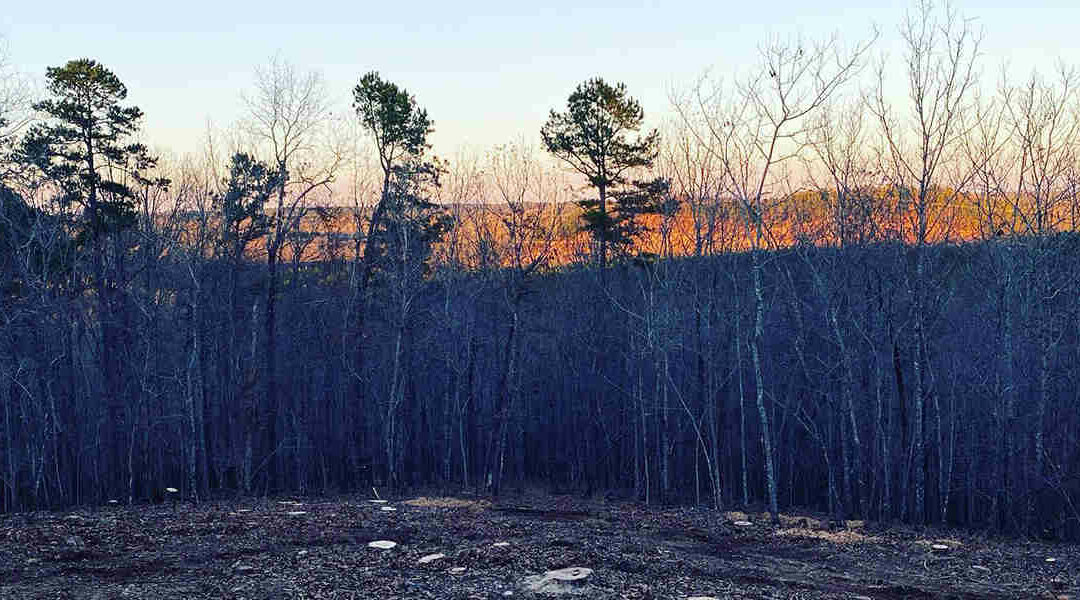Your trees need extra loving care to keep them growing healthy and beautiful. Root rot is one of the problems you’ll encounter when it comes to tree care. This disease attacks the roots of trees growing in damp or wet soils. Consequently, your tree’s health will deteriorate and eventually die.
As a reputable tree service company in Malvern, we’ll take a deeper look into root rot treatment for trees to help you tackle the disease.
What Causes Root Rot?
Root rot can result from many factors, but the main culprit is overwatered or poorly drained soils. In such soggy conditions, your tree’s root system will have a hard time absorbing the oxygen it needs for healthy growth.
As the oxygen-deprived roots die and decay, the rot will often spread to healthier roots. This can happen even if you’ve dealt with the soggy conditions.
Weakened roots will be more vulnerable to soil fungus, which also causes root rot. For example, the ‘roots of a palm tree‘ can be particularly susceptible to certain types of soil fungi due to their unique structure and growing conditions. It’s worth noting that fungi can remain dormant in the soil for prolonged periods. Once the soil becomes waterlogged, the spores will become active and attack your tree roots, including those of palm trees, leading to rotting and eventual death.
Some of the fungi species that thrive in the soggy conditions and cause root rot include:
- Fusarium
- Rhizoctonia
- Pythium
- Phytophthora
- Armillaria
Signs and Symptoms of Tree Root Rot
Before you ask about root rot treatment for trees, you should know how to identify the disease. You can be forgiven for mistaking root rot for a severe pest infestation — these issues have strikingly similar symptoms. That means making an accurate diagnosis can be challenging.
Nonetheless, you should never ignore any of these tell-tale signs:
- Sudden or gradual deterioration for no apparent reason
- Abnormally small chlorotic leaves or needles
- Adversely stunted or poor growth patterns
- Leaves or needles yellowing, browning, or wilting
- Severe canopy thinning
- Dieback
- Unusually large amounts of fruits or seeds
- The presence of mushrooms on the root flare or sprouting from surface roots
- After invading the phloem and xylem, cankers or sunken dead areas might appear on the trunk or branches of infected trees
You can make a more accurate diagnosis by digging up the roots to determine the presence of decay. Be careful with your tools to avoid causing more damage to the tree.
How To Prevent and Control Root Rot
The most effective way to deal with root rot is to prevent it from affecting your trees in the first place. If you want to plant new trees, go for disease-resistant varieties and avoid soils with poor drainage.
Also, consider creating irrigation moats to ensure water doesn’t pool against tree trunks. If the rot isn’t severe, you can simply prune out the infected roots to save the tree. If the infection is severe, you’re better off removing the entire tree to prevent the disease from spreading to healthier plants.
You can also use chemicals like methyl bromide or chloropicrin to tackle root rot. This treatment may not kill the disease entirely, but it can reduce the infection level. You need to apply the chemicals in and around the infected tree’s base or in holes left after removing the trees.
Contact Your Local Tree Experts for Assistance
If you need help with root rot treatment for trees, Urban Jacks Tree Service is the go-to local arborist in Malvern, AR. We provide a wide range of services, including:
- Tree Health Care
- Tree Trimming and Pruning
- Tree Removal
Give us a call at (501) 547-4018 to learn more about our services or to request your free estimate for professional tree root removal in Malvern, AR, today!

